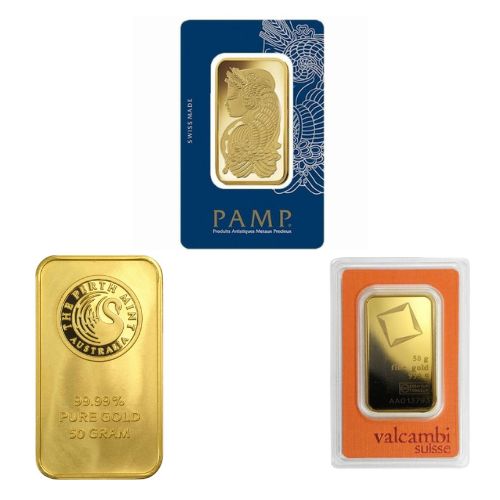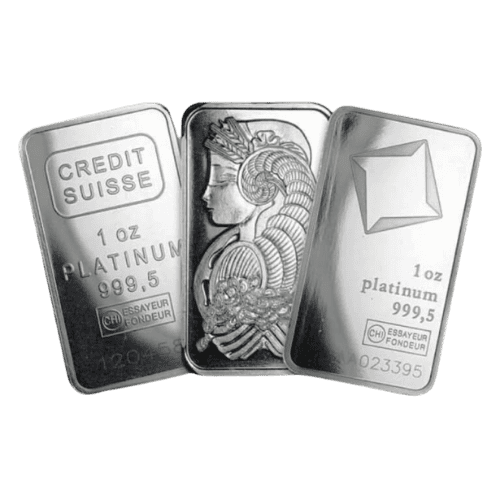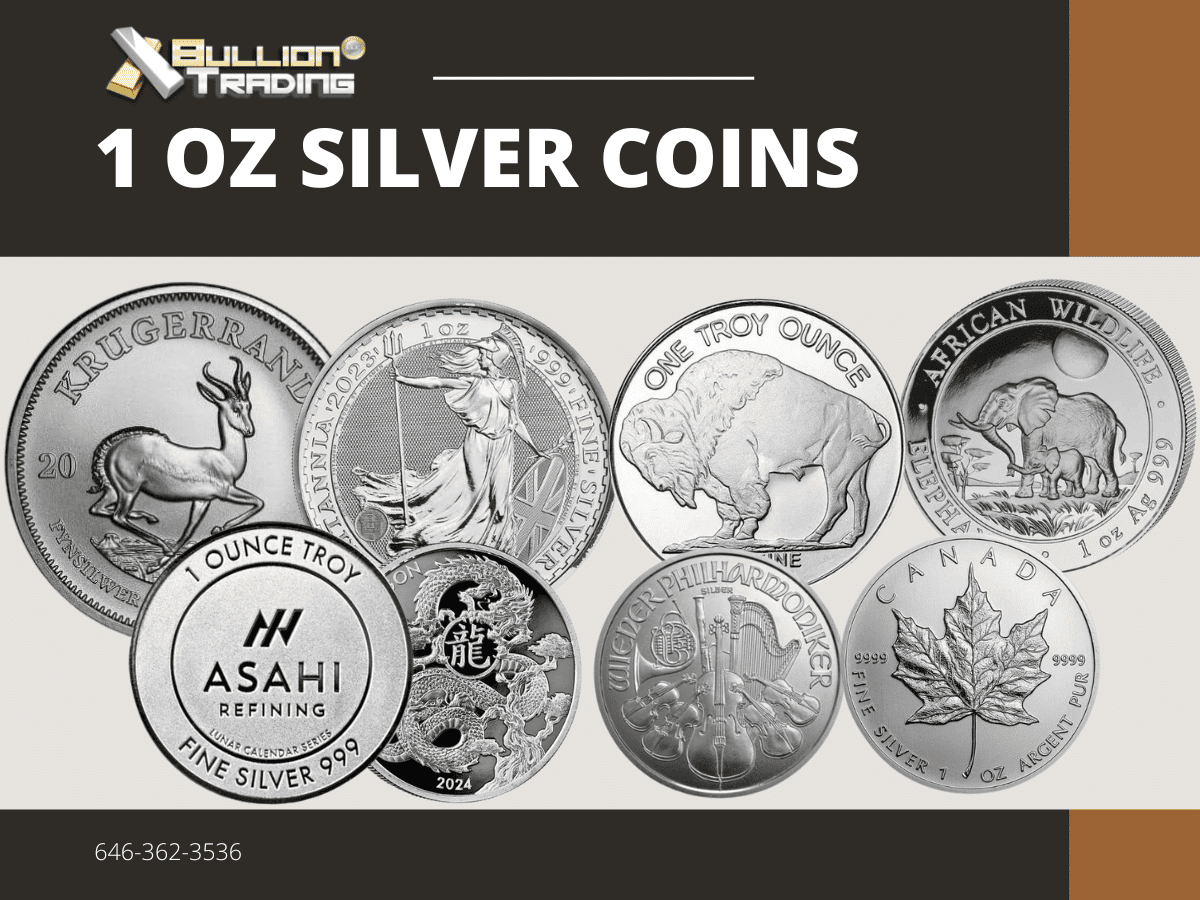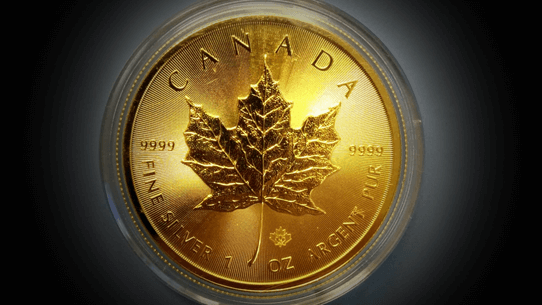Invite to another setup of our Featured Coin series, where we take a difficult appearance at the history, details, and fascinating facts relating to a few of the worlds most valuable and popular coins. On the blog site, weve already looked at coins like the Krugerrand and the Israeli Shekel. This time around were looking at the Canadian Maple Leaf, a coin every bit as aesthetically stunning and demanded as the rest of them.
Profile
On both faces, the information are extraordinary, so great they cause concerns during handling (read below). Outside of the focused styles, the coin is flat and mainly plain, further contributing to its gold sheen and visual appeal.
Depending on the year and mint, a various right-facing profile of Queen Elizabeth II is utilized. Earlier coins include the 39-year-old Queen, while later coins feature either the 64 or 79-year-old Queen.
The Canadian Maple Leaf is thought about by numerous to be among the most aesthetically sensational coins on the market. Having actually won the hearts of collectors all over the world, the coin features the profile of Queen Elizabeth II of Canada on the obverse, and the Canadian Maple Leaf on the reverse of the coin.
On the obverse, the year and face worth of the coin is revealed. Turn the coin over, and a big Canadian Maple Leaf greets you, along with the coins weight and purity.
History
Several variations and takes on the coin are offered, some having actually been in production for several years, others just a few months or provided as a special item.
The Canadian Maple Leaf first entered into production in 1979, and was Canadas attempt at getting in the world bullion coin market developed by the South African Krugerrand years before. Due to the fact that Krugerrands were so hard to get at specific points in its production due to apartheid, an option was looked for after, and Canada was the first country to action in and fill the space.
The initial coins minted in between 1979 and 1982 had a gold content of.999%, and all include the 39-year-old Queen on the obverse. Coins printed after this duration are.9999% pure and feature either the 64-year-old Queen or the 79-year-old Queen on the obverse.
Purity
Adding to this problem is the Maple Leafs serrated edge, high level of detail (specifically on the real leaf insignia), and the flat area around Queen Elizabeths head, which all make for a coin that easily collects indications of handling. This makes them extremely difficult to keep in pristine condition, and even more diversifies the collector coin market.
Existing Canadian Maple Leafs are amongst the purest official bullion coins in the world– since 1982, theyve been made from gold that is.9999% pure (or higher, just add another 9), making them valuable and extremely collectible. The base coin is 1 Troy oz.
Prior to 1982, the Maple Leaf was made from.999% pure gold, which is still exceptionally pure and important. The difference is scarcely appreciable to the naked eye.
Range
The Royal Canadian Mint play with the style of the Maple Leaf a lot. They produce more variations on the coin than possibly any other mainstream producers do with theirs. Thats great news for collectors, and you can get a quite healthy collection of distinct coins going without ever looking beyond Canadas borders.
Theres also been a hologram variation, which was in production for 1999, 2001 (two versions), and 2009. These variations were offered in sets with differing denominations, with production numbers hovering in between 500-1,000 for each set, conserve for the 2001 $10 coin, of which 14,614 were made.
Canadian Maple Leafs are produced en-masse, however there are a handful of unique or celebratory Maple Leafs that have actually been in production which are rarer and more important than the base coin. The 99 colored Maple Leaf was the very first colored coin the Royal Canadian Mint ever produced, and was part of a household of 13,025.
Beyond the differences seen simply among the gold bullion rounds, there are Maple Leafs in production that are made from other metals, most significantly the Canadian Silver Maple Leaf and the Canadian Platinum Maple Leaf.
The most significant plume in the Royal Canadian Mints cap might be the coins they mint on behalf of the International Olympic Committee. The 2 companies have reached an agreement that now sees the Royal Canadian Mint producing official Olympic coins and selling them through all significant channels.
The Royal Canadian Mint normally celebrate their anniversaries, and mints coins of varying rarity, creative style (utilizing different artists), and costs to commemorate their history. You can also find the coin in various novelty forms, such as the Maple Leaf commemorating Einsteins theory of relativity, and others commemorating various fairs, occasions, and concepts. The “Einstein Maple Leaf” has E= mc2 as its privy mark, and has an unique frosted background.
Million-Dollar Coin
Its one of the most important coins out there, and it would not suit your pocket.
Among the variations and different Maple Leafs available, the most notable was unveiled in 2007– a Gold Maple Leaf with a nominal worth of $1 million, and a metal spot value of over $3.5 million. Designed by Stanley Witten, the coin is 50cm in diameter by 3cm thick, and weighs 100kg, and is 99.999% pure.
Anti-Counterfeiting Measures
To assist fight counterfeiters, the Royal Canadian Mint introduced a few functions to the Maple Leaf in 2013 and 2015. Respectively, a microscopic laser-engraved Maple Leaf which is just noticeable with zoom, and the addition of radial lines on the background of both coins, which are tough to imitate.
As an Investment
Other celebratory coins and coins with a special rarity have prices independent of the marketplace, and some have a worth backed by the Canadian federal government for the regard to its production. This suggests that, specifically for North American dealers for whom handling the Canadian government is possible, the Canadian Maple Leaf is (at times) a stellar investment.
The base coins face value is marked at $50, and does not change in value frequently for general deals.
Since of their pureness, the value of Canadian Maple Leafs minted after 1982 varies with the cost of gold, as they are worth their own weight on a 1:1 scale.
Wrap Up
Thanks to its pureness and creative styles, the Maple Leaf has sustained.
As a financial investment, its about 1:1 with the market rate of gold. All basic stuff there, though the rarer and more commemorative coins can opt for more.
As a collectors item, the coin is a lot more fascinating than most. The level of large range, and the numerous different production runs the Maple Leaf has actually had make it a fun coin to chase after. Collectors can stay hectic just looking inside Canada.
Offered what you now learn about the Maple Leaf, youve got a pretty clear concept of its place on the planet. To wrap up, it went into production a brief time after the Krugerrand did, so its one of the earlier main bullion coins to reveal up to the party.
Invite to another installation of our Featured Coin series, where we take a tough appearance at the history, details, and fascinating realities relating to some of the worlds most important and popular coins. Adding to this problem is the Maple Leafs serrated edge, high level of detail (specifically on the real leaf insignia), and the flat space around Queen Elizabeths head, which all make for a coin that easily builds up signs of handling. Canadian Maple Leafs are produced en-masse, however there are a handful of unique or celebratory Maple Leafs that have actually been in production which are rarer and more valuable than the base coin. Of note, there has been a variation with a colored gold maple leaf, produced in 1999 and 2010, commemorating one of the coins anniversaries and the Vancouver Olympics, respectively. The 99 colored Maple Leaf was the first colored coin the Royal Canadian Mint ever produced, and was part of a family of 13,025.
The Maple Leafs history is as storied as any bullion coin– it got in production not too long after the Krugerrand did, and has kept its appeal through to today, where competition is stiffer and more coins are offered.





